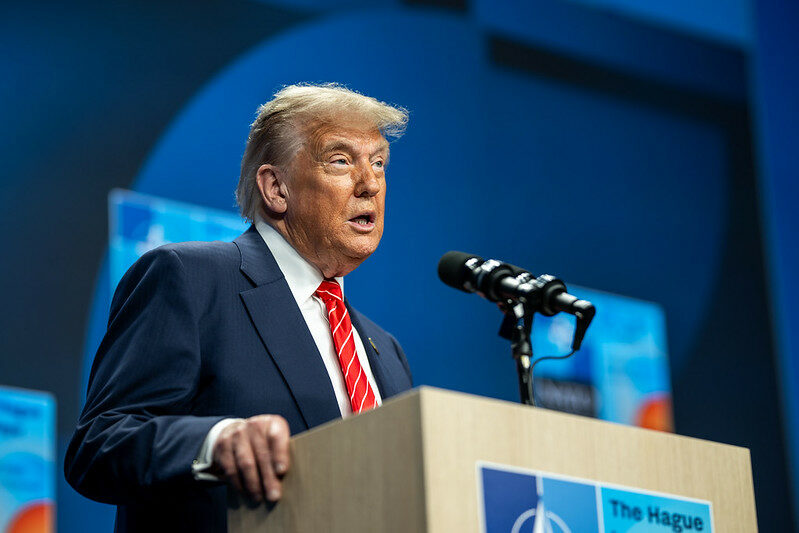Key Takeaways
- The U.S. has finalized a tariff agreement with China, including rare earth exports and lifting restrictions on ethane.
- President Trump hinted at progress in negotiations with India and the European Union, expressing optimism for future deals.
- Tariff rates will be set by July 9, paving the way for further negotiations while maintaining existing tariffs for now.
Trade Agreement Finalized with China
President Donald Trump and Commerce Secretary Howard Lutnick announced on Thursday that the U.S. has finalized an agreement with China to implement a tariff understanding reached earlier this month in London. This follows Trump’s statement regarding the opening of trade with China, specifically highlighting the collaboration on rare earth materials and the lifting of restrictions on ethane exports.
Lutnick clarified that the agreement includes a framework for further negotiations related to export controls, but specifics were not disclosed. A White House representative described it as an “additional understanding” linked to the Geneva agreement, reaffirmed during the London talks.
Lutnick indicated that upcoming announcements will encompass several trade deals, with countries categorized into different negotiation “buckets.” He noted that while countries will be able to negotiate further past July 9, the tariff rates will be firmly established by that date.
Optimism for India and EU Negotiations
Trump expressed particular optimism about a significant deal with India, stating, “we have one coming up,” aimed at enhancing U.S. access to Indian markets. Lutnick echoed this enthusiasm, highlighting recent progress in talks with both India and the European Union.
Despite prior setbacks in EU negotiations, Lutnick remarked on a positive shift, acknowledging the EU’s proactive efforts. The complexity of U.S.-EU trade relations means that an agreement may emerge later in the negotiation process, yet a resolution is still a priority.
The EU has been speculating on obtaining treatment similar to that of the United Kingdom in forthcoming agreements. In prior analyses, EU officials had criticized the U.S.-UK trade deal, which retained a baseline 10% tariff on UK exports. Lithuanian President Gitanas Nausėda suggested the best the EU might achieve could be on par with the UK deal.
Tariff Implications for U.S. Policy
The Trump administration’s decisions regarding tariffs could affect its broader economic strategy, particularly concerning the deficit reduction provisions in the current reconciliation bill under review in Congress. The White House has projected potential tariff revenues of up to $2.5 trillion as part of Trump’s economic plan, a key focus of their messaging.
Both Trump and Lutnick have emphasized tariff revenues in their discussions, with Lutnick pointing out that monthly earnings could reach $30 billion. However, if tariffs are reduced, it may complicate the administration’s efforts to justify certain policies linked to revenue generation.
The outcomes of ongoing negotiations and the tariff decisions leading up to July 9 will be critical in shaping U.S. trade relations and economic policy going forward, creating a landscape of both challenges and opportunities as the administration navigates complex international relationships.
The content above is a summary. For more details, see the source article.















